Reportar esta entrada
Más sobre la misma comunidad-colección
Jesús Roberto Vasquez - Escuela secundaria Jefferson - 1965
On January 30th, 1968) while serving at the Khe Sanh Combat Base ...
José Antonio "Tony" Garcia - Vietnam
"My name is Jose Antonio "Tony" Garcia, and I am a native El ...
Marine Sgt. Jesus Roberto Vasquez - 1959
Jesus Roberto during his younger years before attending ...
Bernardo Bellotto - 1762 - 65 - Video - I
Video - Bernardo Bellotto's - Architectural Capriccio (Fantasy) ...
Bernardo Bellotto - 1762 - 65 - Video - II
Video - Bernardo Bellotto's - Architectural Capriccio (Fantasy) ...
Operation School Bell® (operación escuela campana)
Kids waiting for their turn at picking out new clothes.
Siendo medidos para zapatos nuevos
Children are fitted for new school in Operation School Bell. ...
En el camino de regreso a la escuela.
Children leave with a week's worth of clothing and great big ...
Insignia del mariscal de la ciudad de El Paso
This badge is on display at the El Paso Historical Museum ...

















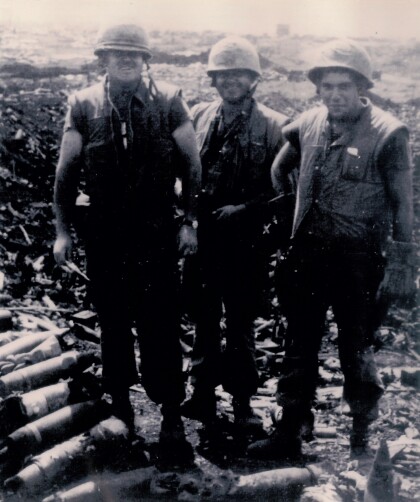
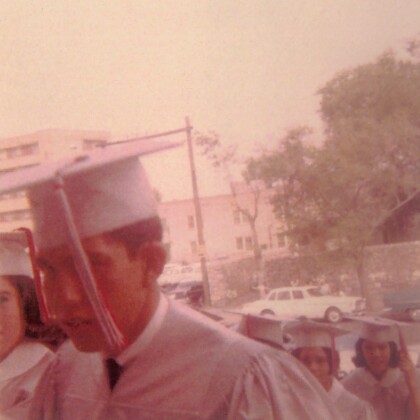
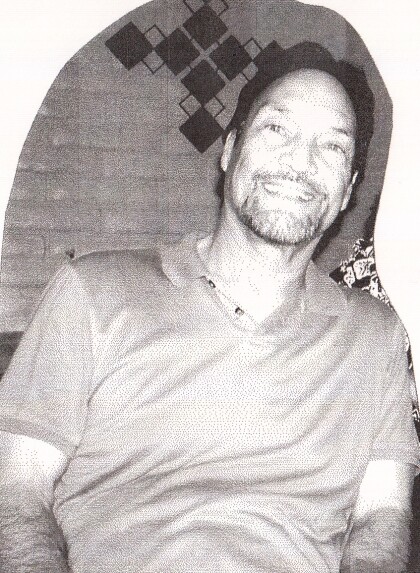
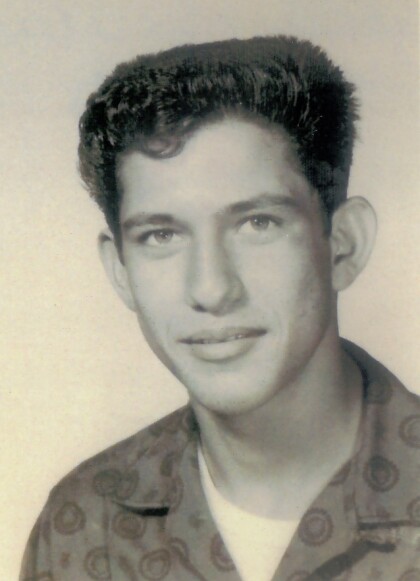

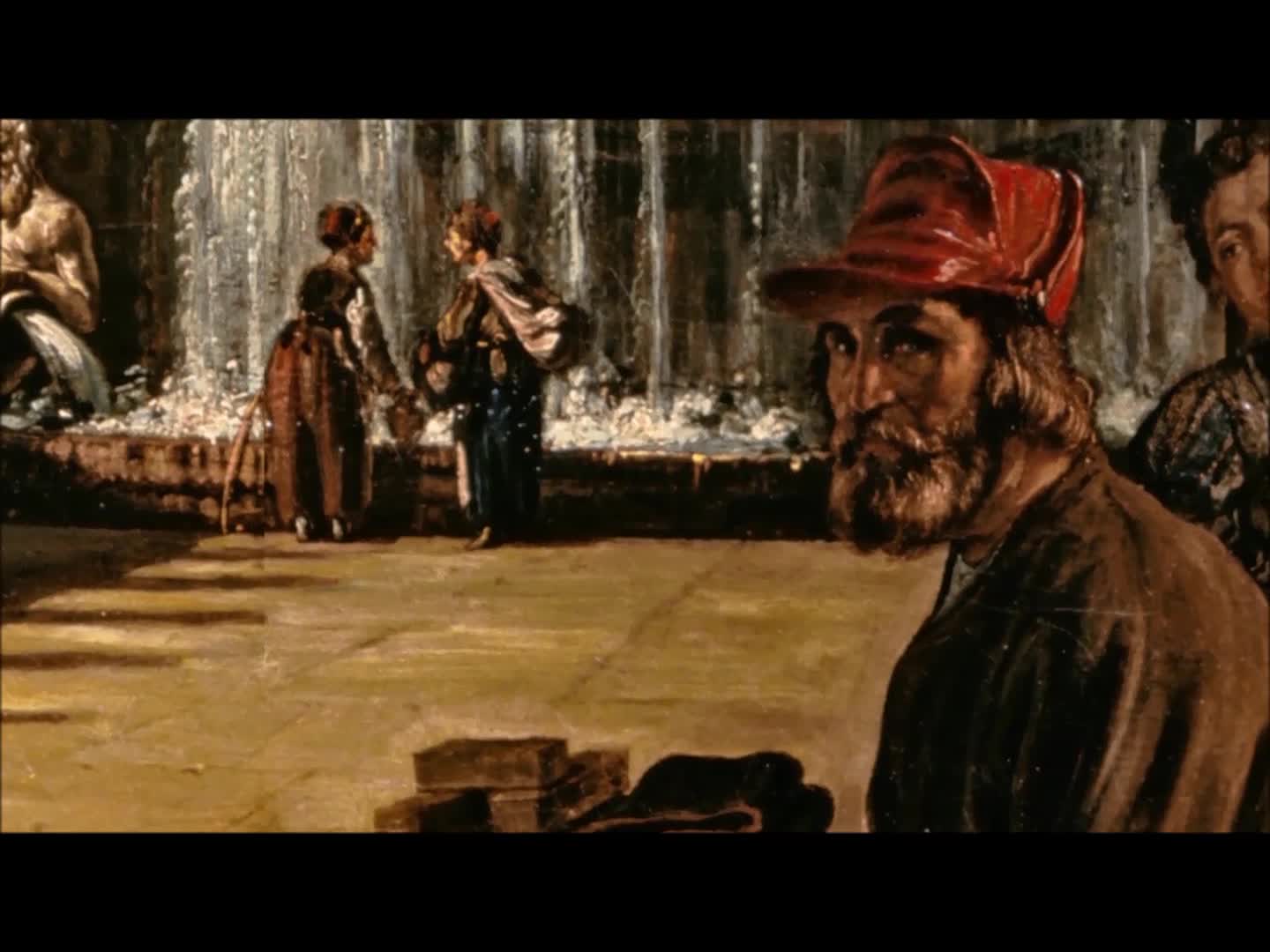
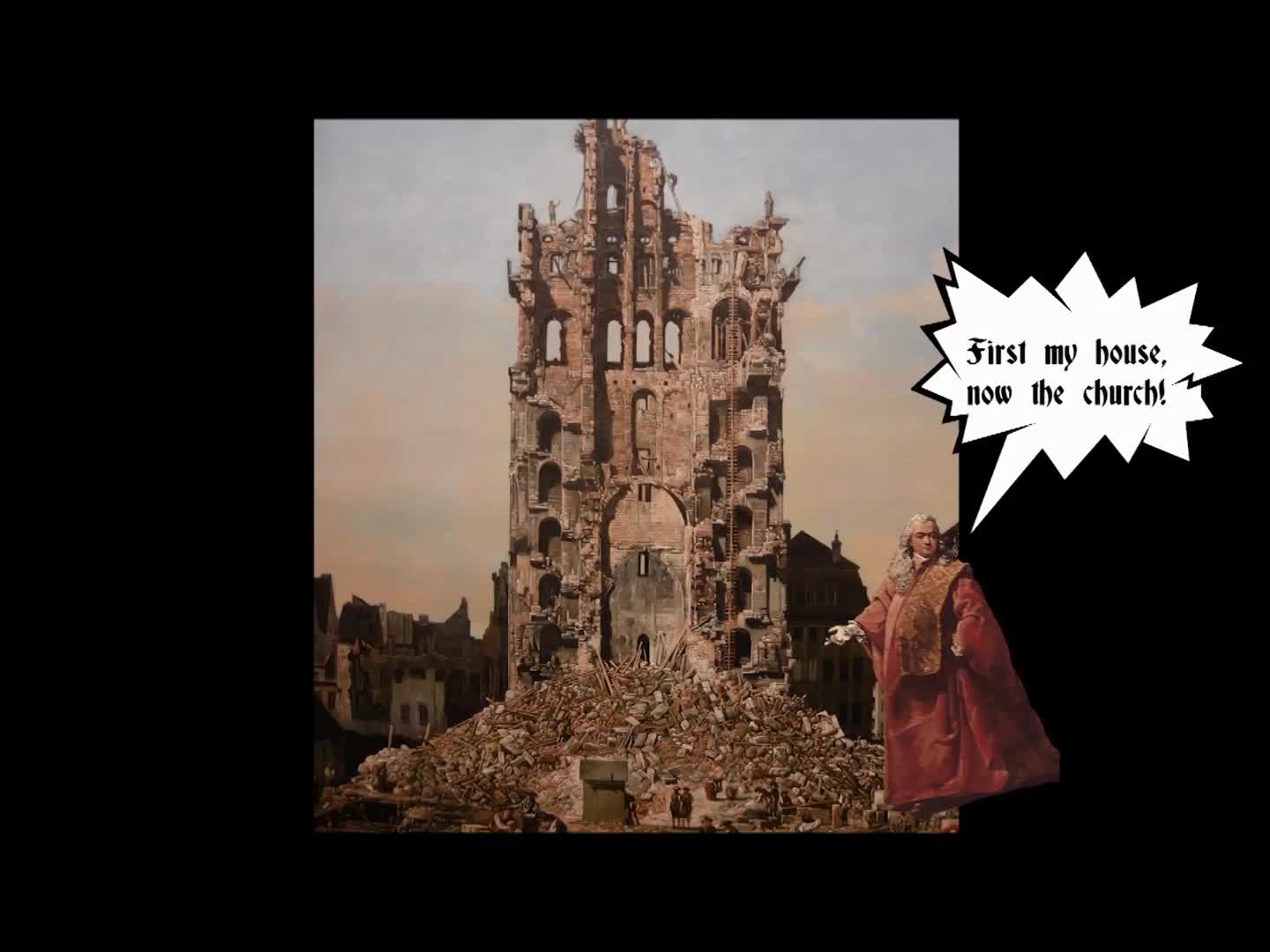


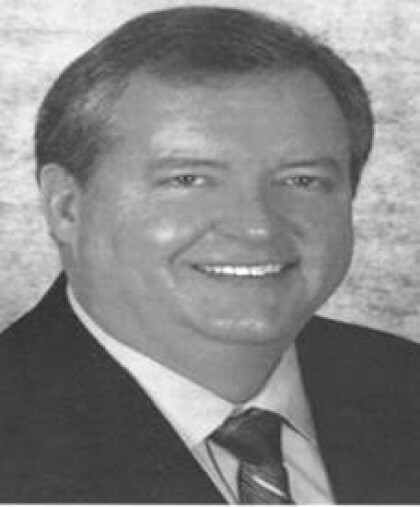

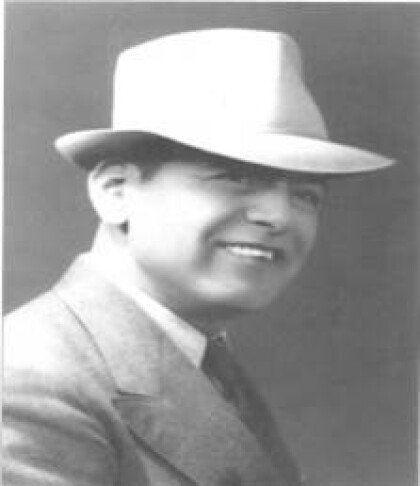

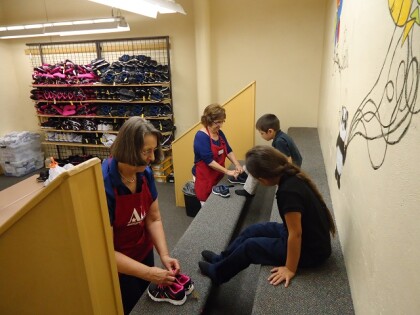
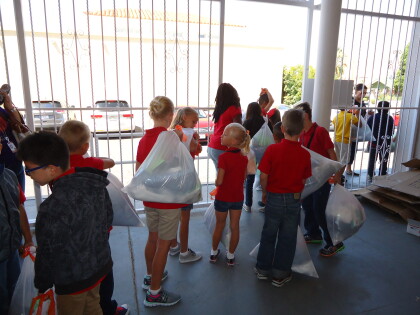
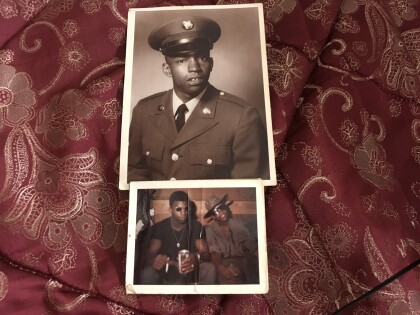
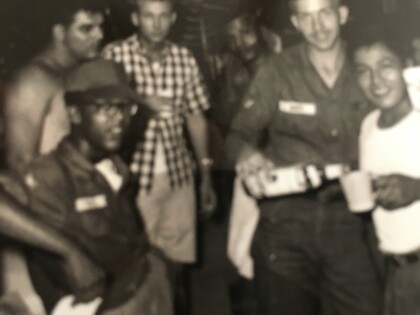
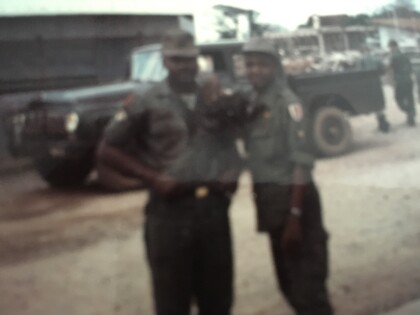
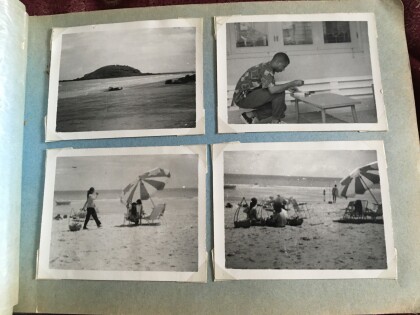
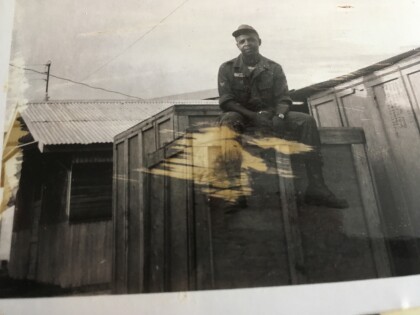
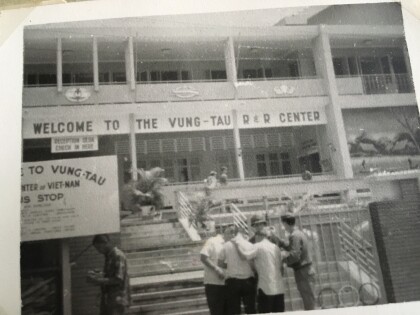
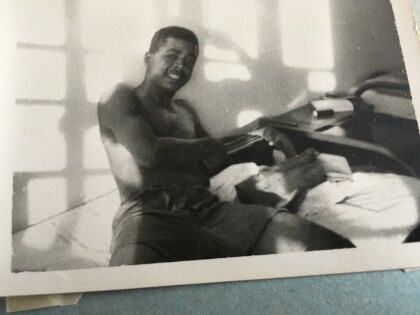
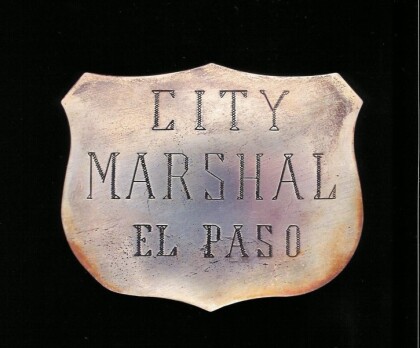
Comentarios
Hacer un comentario